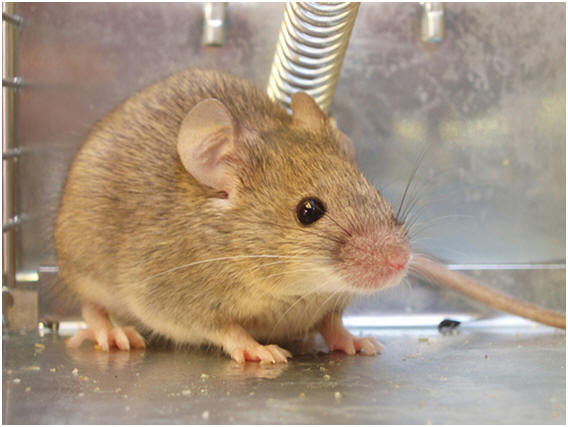Fievel Goes West

Mus musculus is often thought of as the second most
successful mammal (humans being number one) on the earth today.
Of course, for this to have happened, house mice had to be able
to change with the environment and stresses they encountered.
For starters, the house mouse is considered nomadic in that it
is always having to move from one location to another. For
example when a field is cultivated and ground cover becomes
scarce, mice will move to the next field. As the weather
cools, the mouse may move into homes or other buildings where
shelter and food can be found. Because of its close
association with humans, house mice are able to live in very hot
and dry conditions or in very cold conditions where they could
not normally survive alone.
The house mouse not only adapts by changing its location, the
species also reproduces at such a high rate that there are
always individuals that can survive. Think of natural
selection and mutations within species. With many many
house mice roaming around, there are bound to be at least a
couple of them that have certain mutations that would be
favorable in almost any circumstance.
Mice sense their environment much in the same way as other
mammal species. The house mouse has very good vision
and hearing. They are equipped with large, cup shaped ears
to help sense sound vibrations. They also have
a good sense of smell and whiskers which they use to feel
surface textures and air movements.